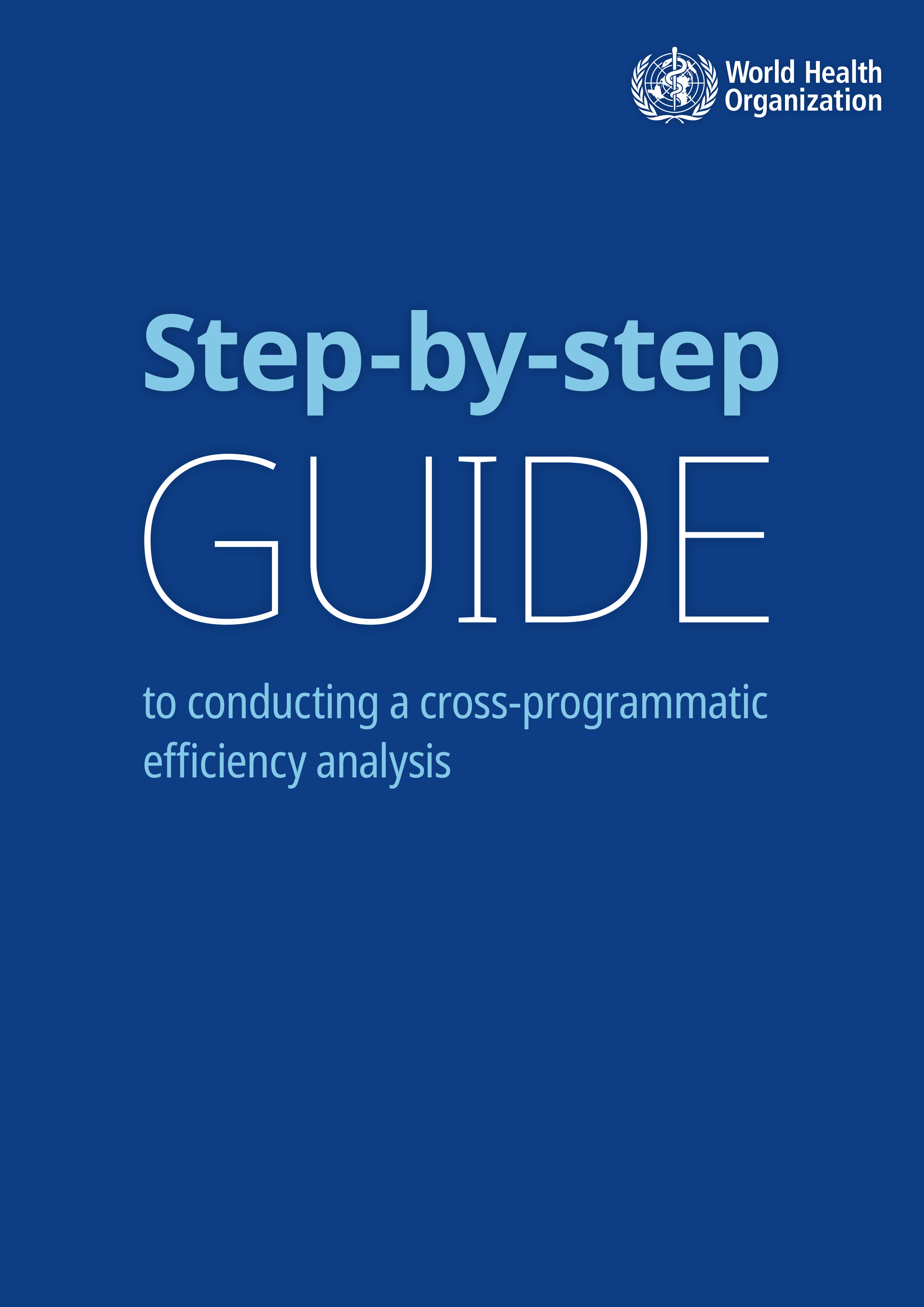The World Health Organization (WHO) has developed a diagnostic approach to enable countries to look across health programmes that are part of their health system to detect “cross-programmatic” inefficiencies.1,2 These cross-programmatic inefficiencies are duplications or misalignments across core health system functions (financing, governance, service delivery and generation of human and physical resources/inputs) that constrain the level of effective coverage potentially achievable by the health system.
The approach uses applied health system analysis to unpack vertical programmes by their functional components and places them within the context of the broader health system. Cross-programmatic efficiency analysis (CPEA) provides an evidence-based process for stakeholder engagement to identify and develop options to address critical areas of inefficiencies in these specific functions both within and across health programmes. While the focus of CPEA is to identify areas where efficiency can be enhanced, it can also highlight areas where efficient approaches are already implemented that can be leveraged across the health system.
The goal of this document is to distill the process-related steps to provide a guide to implementation. The approach is meant to be adapted based on implementation conditions and contexts. This process guide provides the steps to assist practitioners and policymakers, as well as those that might be assisting them, as to how to apply this approach practically. It complements the detailed conceptual approach presented in A system-wide approach to analysing efficiency across health programmes.


